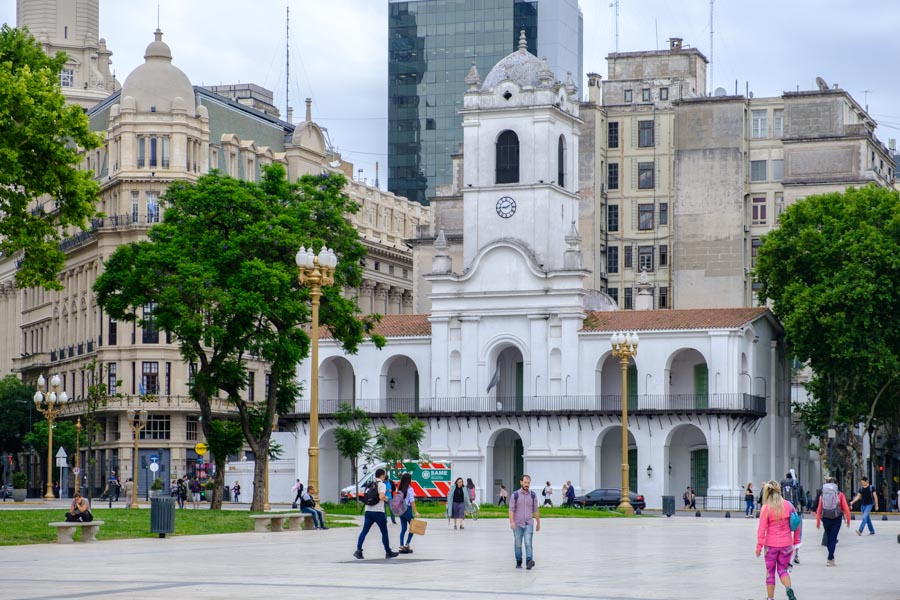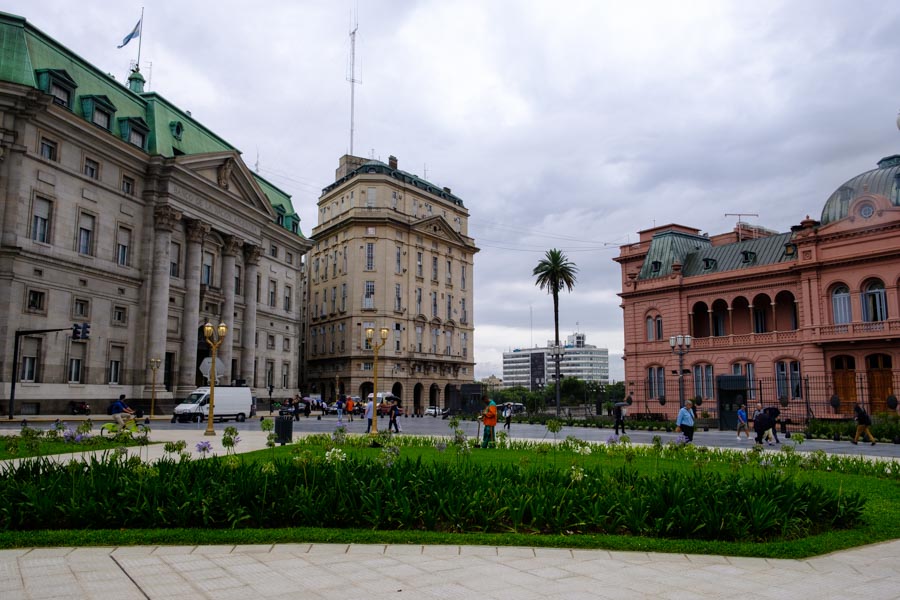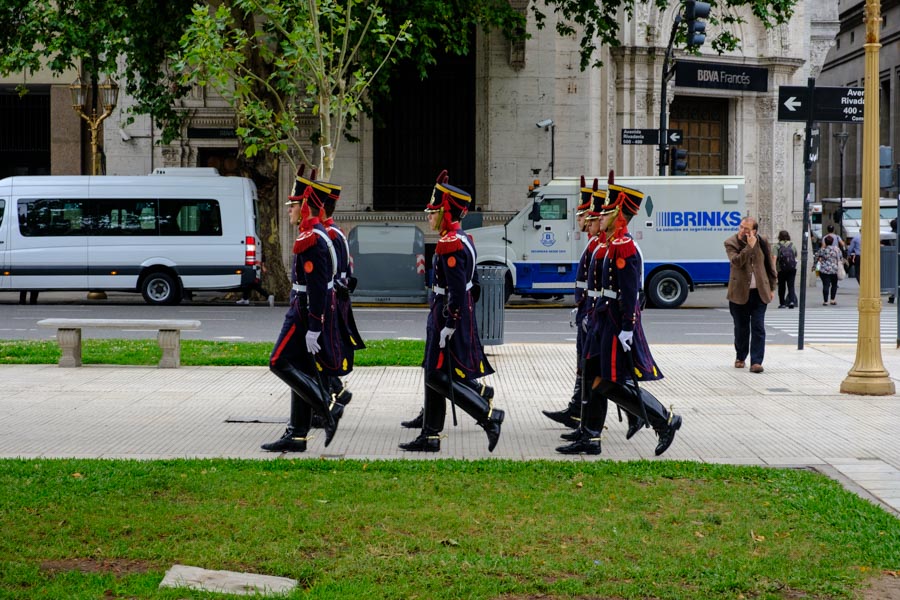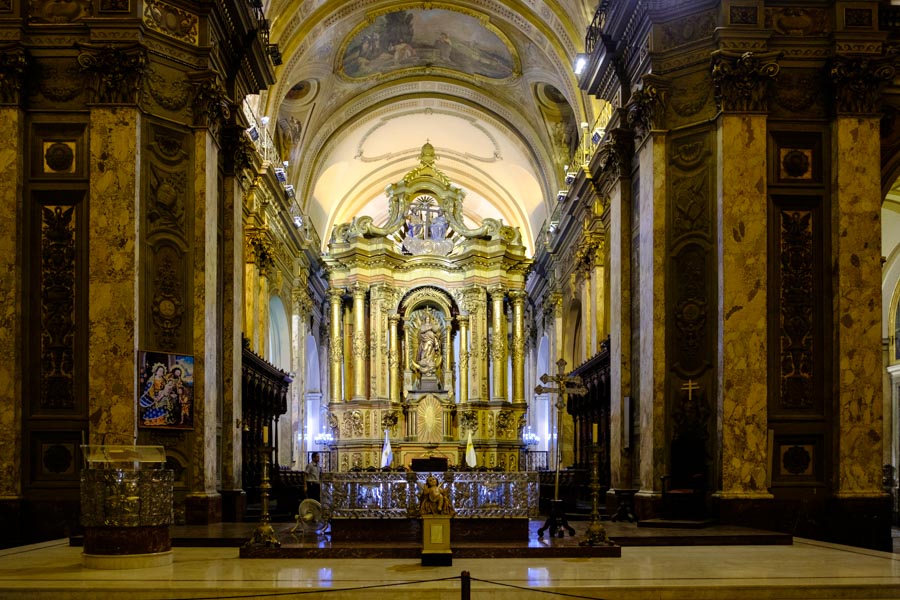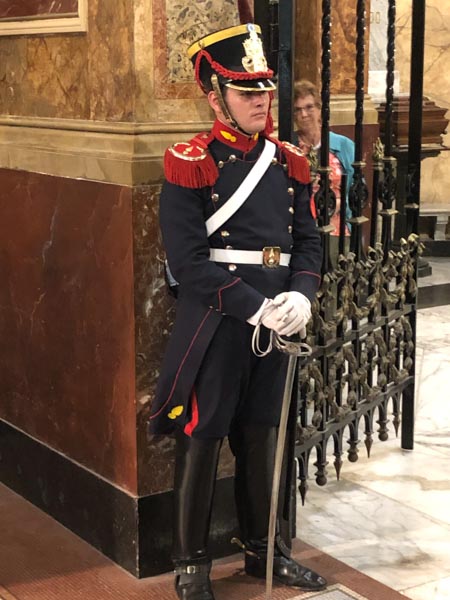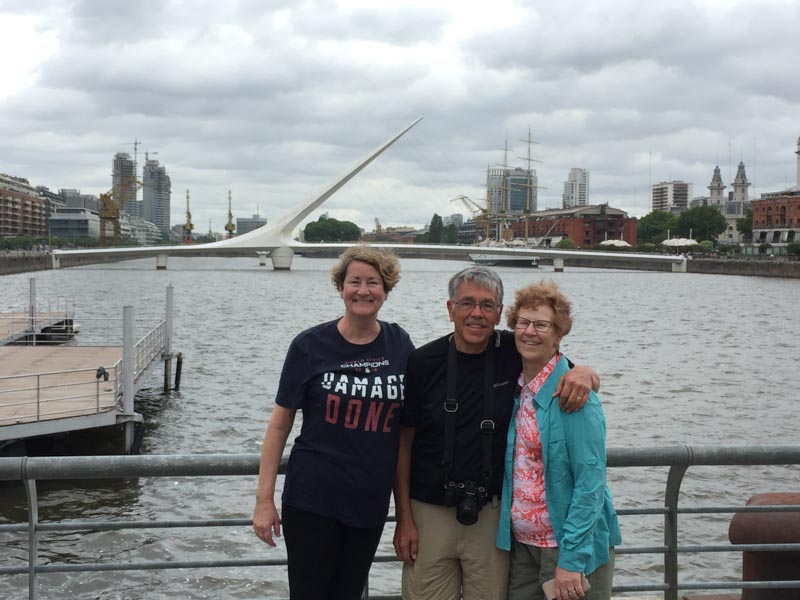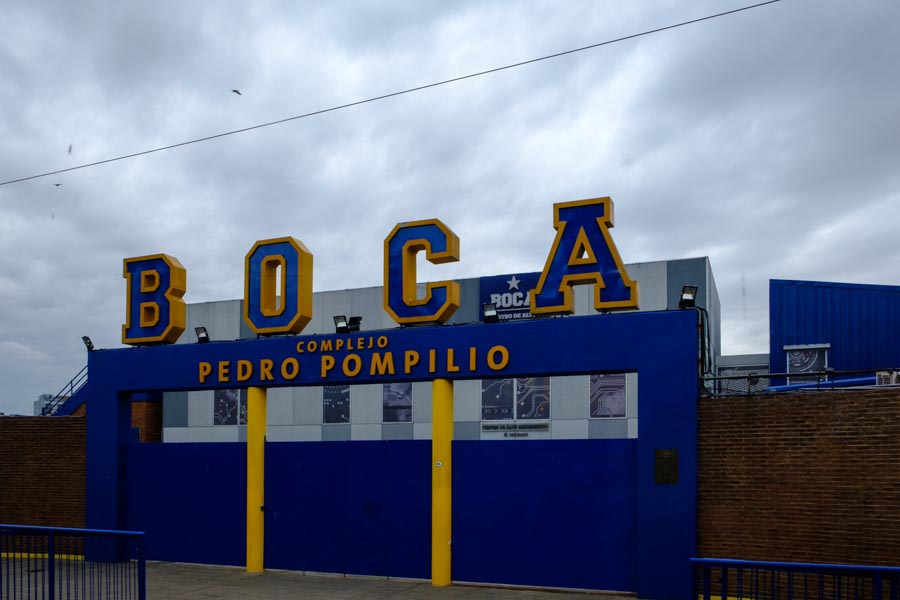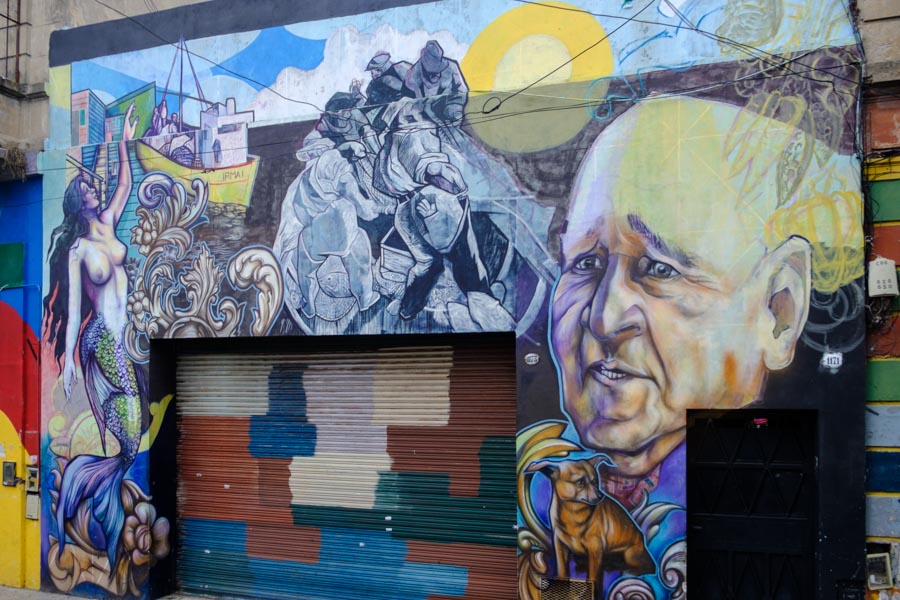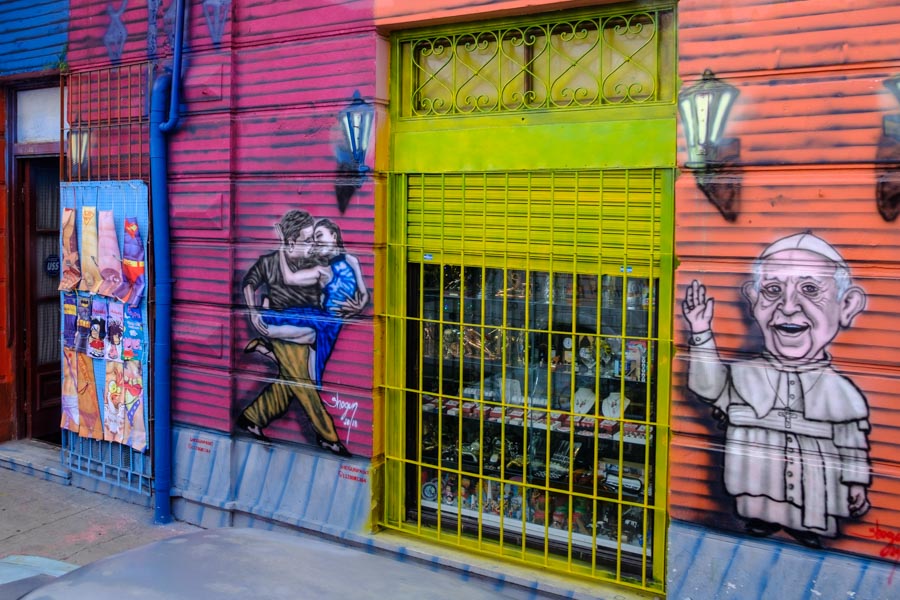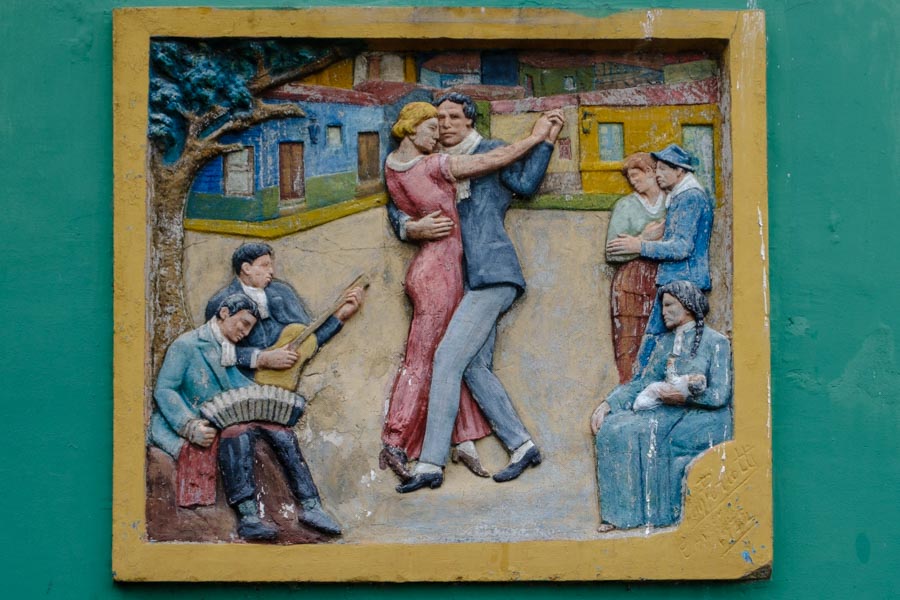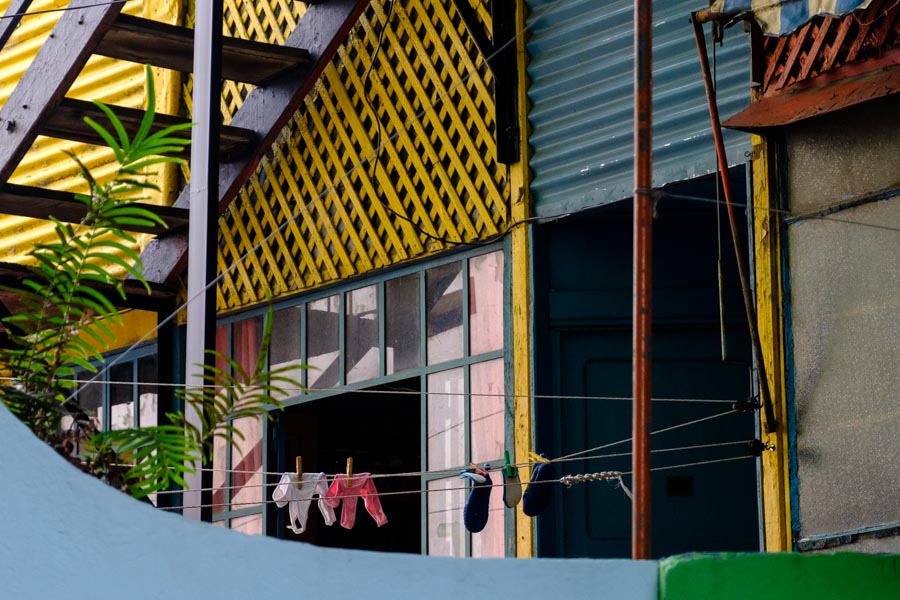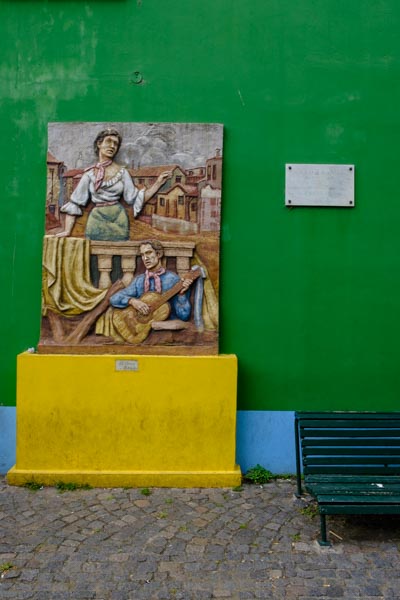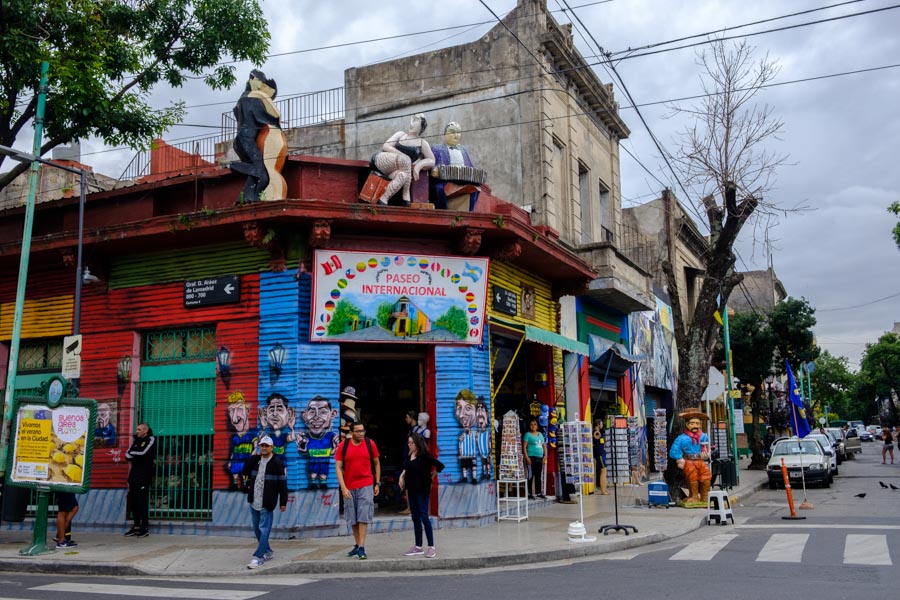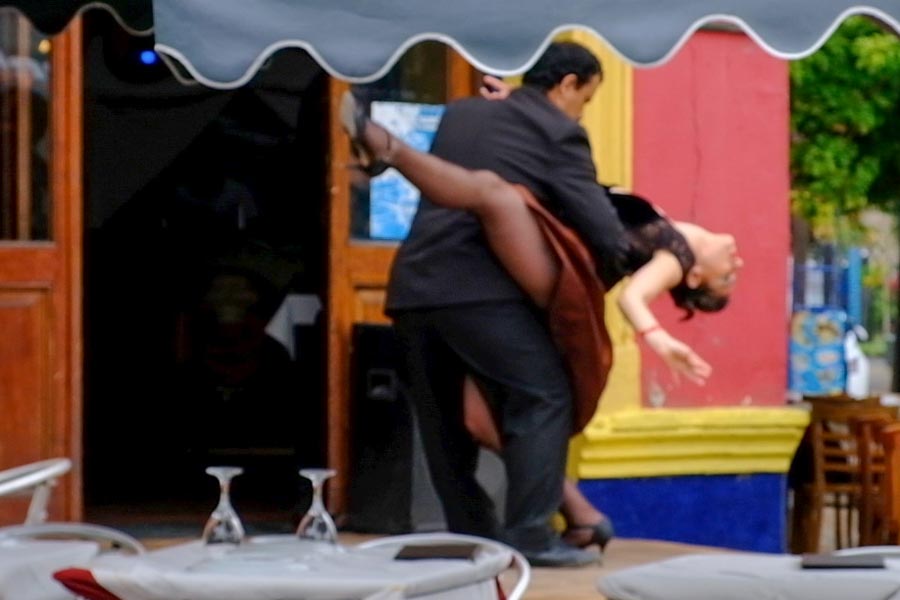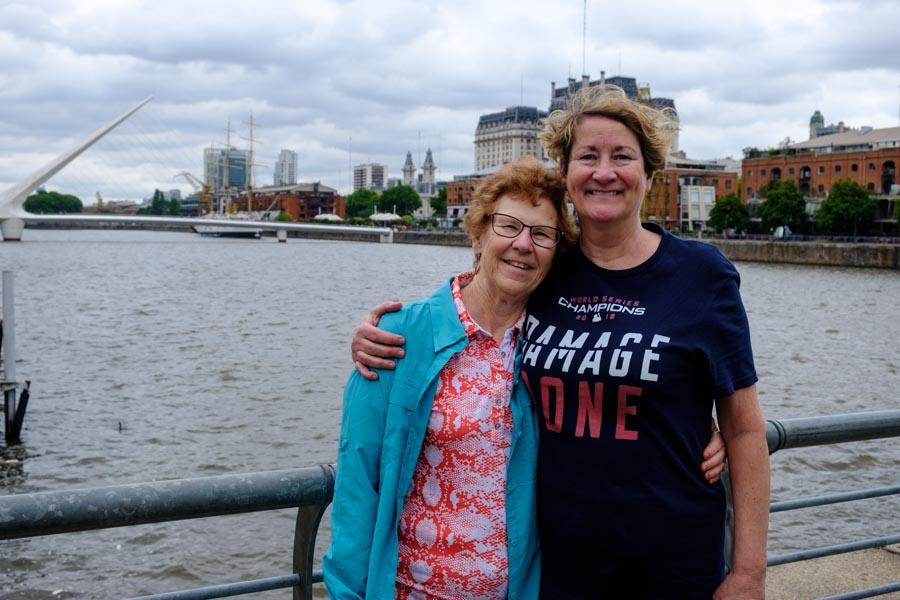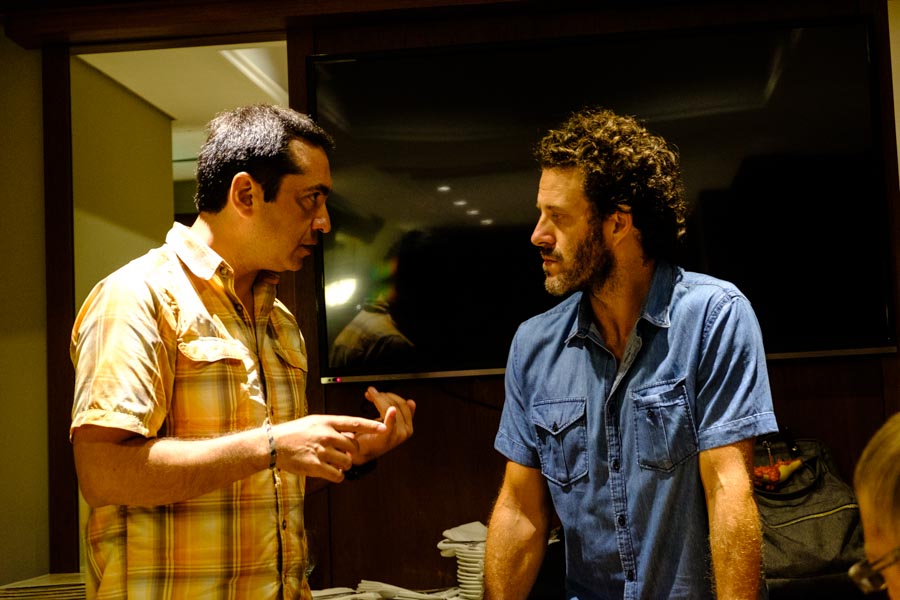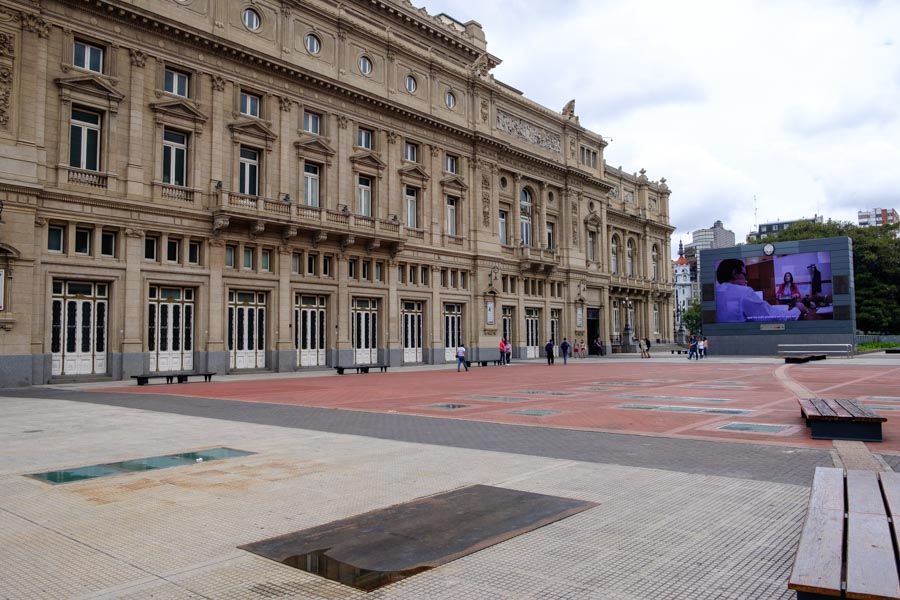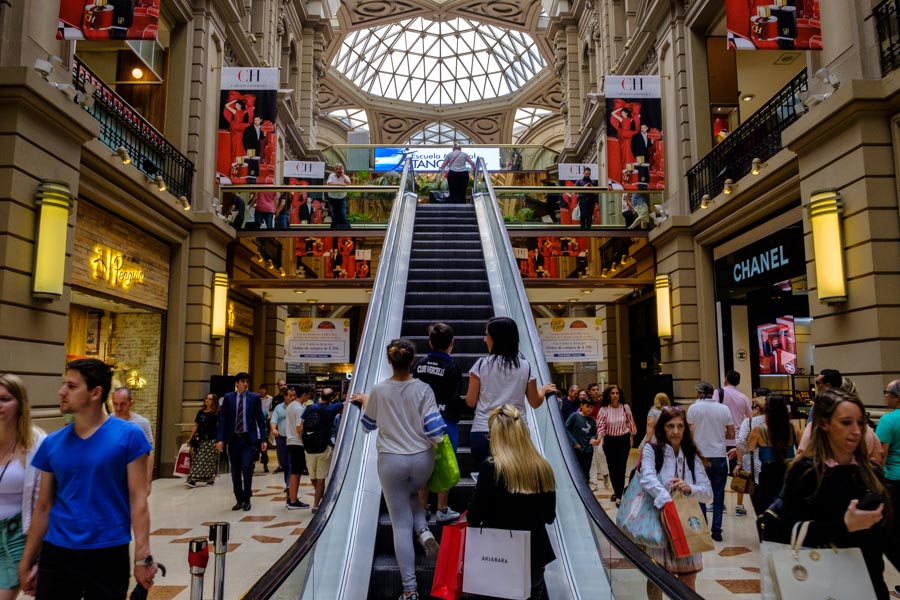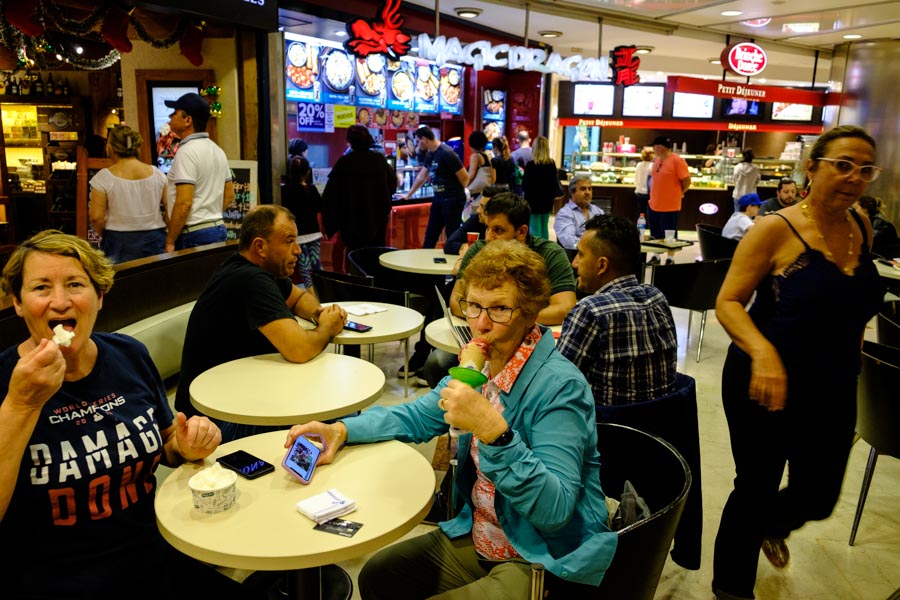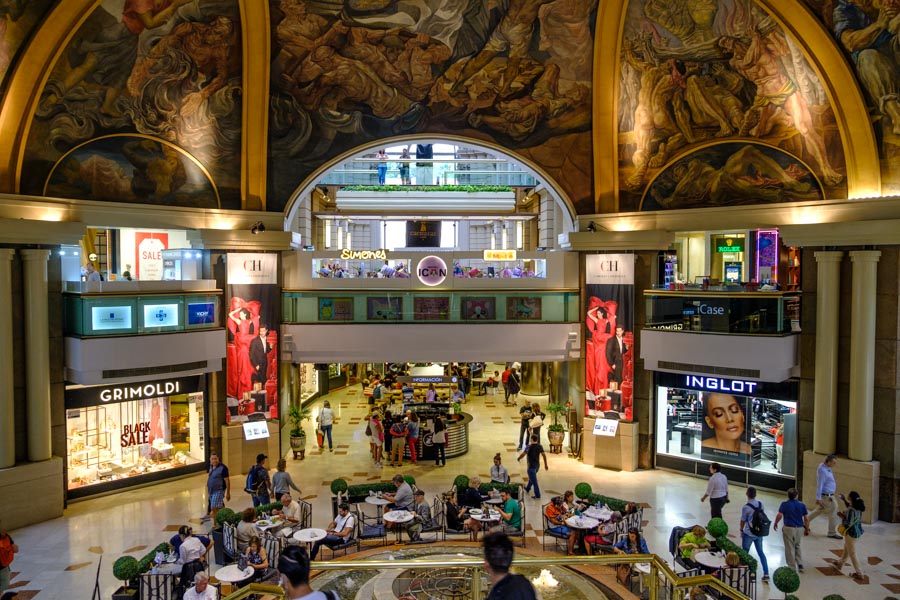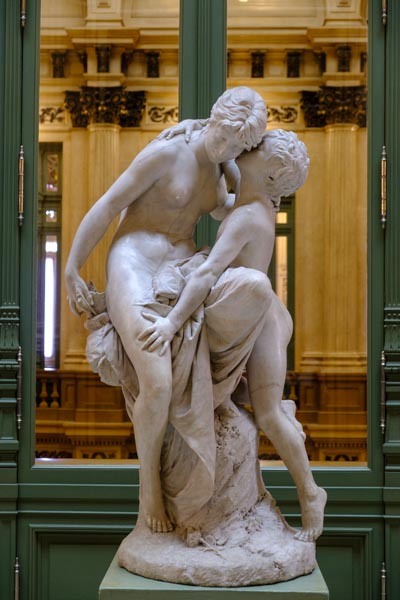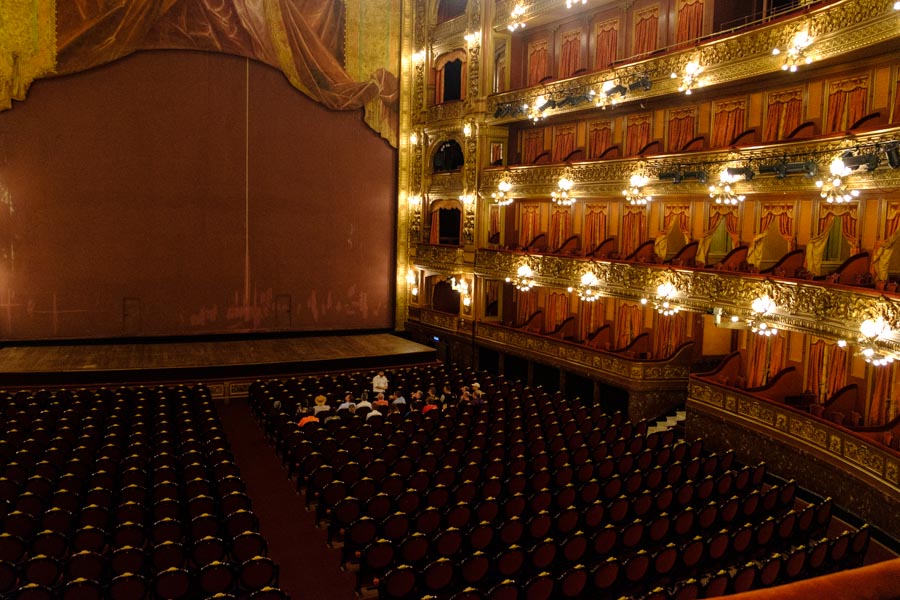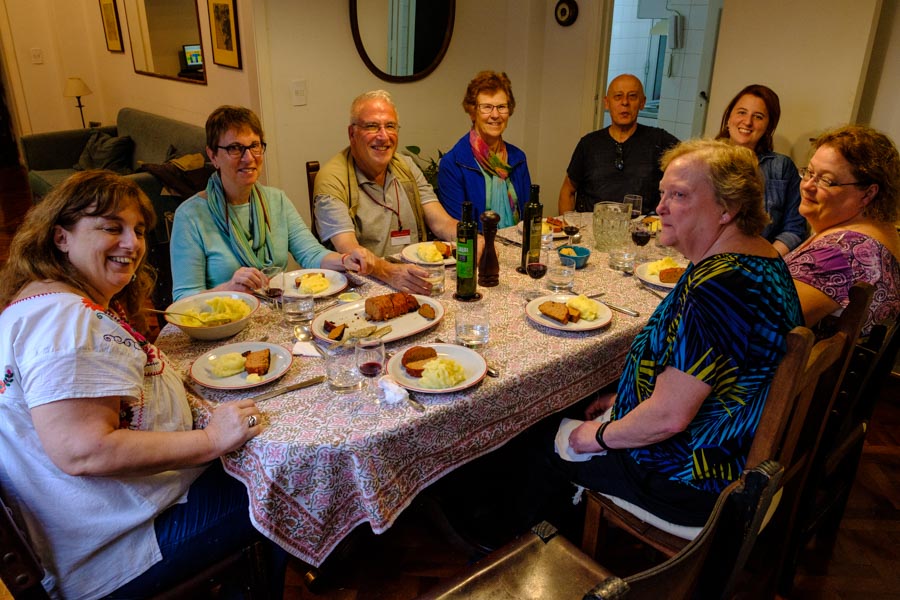Here we go again.
I, at least, think of the Cold War as being about the threat of nuclear war. But in many places the battle between communism and liberal democracy was played out in confrontations between a country’s military and its people. Coups that toppled elected governments resulted in the torture, death and “disappearance” of thousands. The CIA often operated covertly, as in Chile and Argentina, in support of the anticomunists.
Every country in South America experienced at least one period of dictatorship and repression in the 1970s and 1980s. Argentina’s started with the coup of March 24, 1976. It was the ninth military coup since the founding of the nation in 1810; the pattern (similar to the pattern in Thailand and other countries) is for democracy to be allowed to exist until economic and social conditions deteriorate. Then the military steps in to make things “right”. Later democracy is sometimes allowed another chance but always under the watchful eye of the generals.
Today we heard the story of Martin. He was born on November 16, 1976, eight months after the coup. On December 1, 15 days after his birth, Martin’s mother was seized by the military. She had been active as a student in efforts to help the poor. Her husband, Martin’s father, his aunt and his grandparents had no idea where she was being held. Several days later, per a contingency plan agreed to beforehand by husband and wife, Martin’s father called the grandparents and told them to meet him at a particular street corner at a particular time. There he handed his infant son to the grandparents and aunt. The father went into hiding to avoid capture before returning to his parents’ and his son after two years. Every year on December 1 the family received written notice that should the son or other family members become active in left-wing politics, they would be suffer the same fate as the mother: “disappearance.”
Thirty-four years after her disappearance the family received word from a forensic team that Martin’s mother’s remains had been found in a mass grave. She died from multiple gun shot wounds, including one to the head that killed her. She died on December 31, a month after her disappearance.
If Martin had not been born before his mother was seized he would have been born in a concentration camp. Five hundred children were born in this condition. Of those, 100 were returned to their families. The remaining 400 were given to members of the military junta and were raised by them so that they would not become radicalized. Beginning in 1977 and continuing to this day the Mothers of the Plaza de Mayo march in protest, asking that their children be returned to them. Their signature garment is a headscarf made of diapers.
This evening we had a home hosted dinner with Angelina and her husband Frankie. This friendly English-speaking couple and their daughter fed us a salad, mashed potatoes and meatloaf (prepared by Frankie). She is a travel agent with her own business, arranging business trips and vacations for her clients. Frankie lost his job five years ago and now helps Angelina in her business.
Our wide-ranging conversation included Argentinian politics and the state of the economy. Angelica and Frankie blame the Peronists for much of the economic problems in Argentina. Early on, the politicians decided to link the peso to the U.S. dollar. One peso = one dollar. This made no sense and after a while reality caused devaluation of the peso to be necessary. For one thing, because foreign goods became so cheap domestic producers couldn’t compete, resulting in high unemployment rates.
The banks were closed for a day and when they reopened the exchange rate was set at three pesos = one dollar. So someone who before had 1,000 dollars/pesos ended up with 333 pesos the next day. Over time the ratio got as high as 50 pesos to the dollar. Today we’re buying pesos for about 35:1.We have found merchants more than willing to accept dollars in lieu of pesos since the inflation rate runs as high as 50% per year. Tonight on the news the report was that December inflation ran at a 2.4%, an annualized rate of about 33%. Progress!
I asked our hosts if the current problems might be a holdover from the dictatorship that so upset the political and social fabric of Argentina. No, they responded emphatically. It’s corruption. Corruption is rampant and causes the distortions in the economy that result in the problems they face today. A politician was quoted as saying, “If we end corruption for just 24 months our problems would be solved!”
You’d never know that the economy is in the tank judging by what we’ve seen around downtown Buenos Aries. The shops seem to be doing good business, the streets, the widest 20 lanes wide, are packed and pedestrians, of which there are many, walk at a fast pace with a purposeful look on their faces. The Galleria Pacificas, a block down the street from our hotel, rivals anything we’ve seen in the States and was packed this afternoon (we did, surprise, surprise, helado for lunch). “Just like Italy,” said Sharon. But our hosts tell us that the unemployment rate outside of Buenos Aires is 30% or more.
Those were the highlights of today. Chronologically what we did was:
- Took a city bus tour to see the major sites, including the Plaza de Mayo that we visited on foot yesterday. The pink building is in fact the Casa Rosada (Pink House). “I’ve visited the White House in the U.S. We need a color for our executive house,” said the then-president. Pink was chosen because the paint mixed with the blood of bulls would best resist the high humidity of the city. And yes, the balcony on the left is where Evita appeared and Madonna sang. (“Poor choice of an actress to play Evita,” grumbled Cynthia, one of our guides.)
- We followed the Presidential Grenadiers to the nearby church where San Martin, the hero of Argentinian and South American independence is buried.
- The bus tour also took us to the La Boca district, home of the La Boca football (soccer) team. It also has a touristy district with souvenir shops, bright colors and the rest. Our hosts later told us they hate that district because it is so inauthentic. Lots of tourists probably go home thinking they’ve seen the real Argentina.
- A coffee and tea break “best croissants in Argentina”} where Martin gave us his talk.
- The bus left us off at the Teatro Colon, the real opera house, not the one we went to yesterday. We purchased tickets for a tour later in the afternoon.
- Walked down Florida street, a pedestrian only thoroughfare, to the aforementioned Galleria Pacificas for the previously confessed helado lunch.
- Returned to the Teatro for our tour. I failed to mention that the only tickets available were for a Spanish language tour. We nodded thoughtfully as the guide prattled on and on for 50 minutes. But the theater is beautiful. It reminded Sharon of the Vienna opera house.
- Back to the hotel to prepare for dinner with Angelica and Frankie. On the way I had a nice broken-Spanish/broken English chat with a kiosk vendor who sold us maps of Patagonia. He has a brother in Yonkers, NYC.
Tomorrow we’re on the bus for the airport. Destination: Ushuaia. ETA: 1:30 PM but we’ll see if that schedule holds. Forecast: 40 – 50 degrees F with rain. The real adventure begins!

